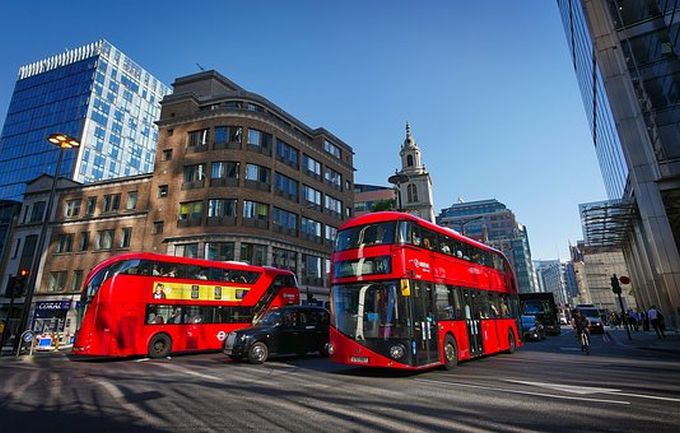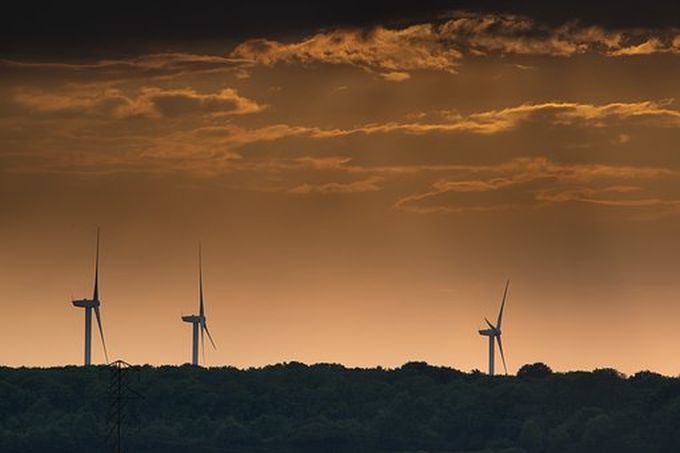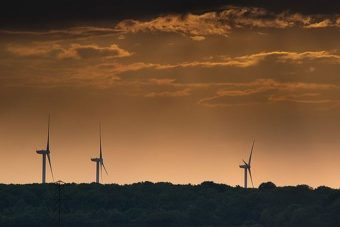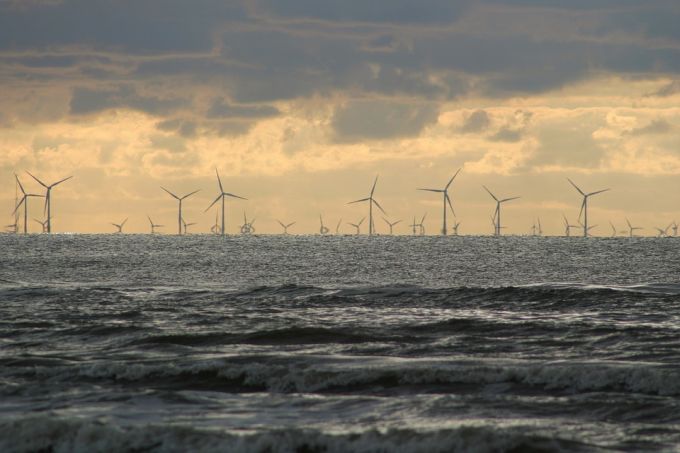
The first wind turbine at the Mount Emerald Wind Farm near Walkamin has been sucessfully erected, marking a significant milestone for the biggest wind farm in Queensland.
The turbine consists of three 16 tonne blades, each 57m long, that were positioned in place atop the 90-metre tower after the project’s first towers were raised last week.
Each tower is made up of four separate sections and is anchored to an 800-tonne concrete and steel foundation using 168, 36mm bolts.
The turbine’s 120-tonne nacelle (the box that houses all of the generating components in a wind turbine) is as big as a shipping container and was craned into place.
Ratch Australia Corporation construction director Rene Kuypers said the significant milestone capped a huge team effort.
“Reaching this construction point has involved careful planning over many months and a lot of work from a lot of people and I’d like to thank them all,” he said.
“From unloading the cargo at Cairns Port to carefully trucking the components up to Walkamin and now the crane crews erecting the components, it’s teamwork at its best.”
Mr Kuypers said more than 400 construction crew had been inducted to work on the project to date, including 130 locals and more than 20 suppliers contracted from the wider Cairns region.
Over the project’s construction phase more than 450 components will be delivered to the site. A total of 53 wind turbines will be erected, each with a capacity exceeding 3 megawatts (MW) for a total capacity of around 180MW.
Once fully operational in September 2018, Mount Emerald will be the biggest wind farm in Queensland.
The wind farm will deliver 540,000 megawatt hours of renewable energy, which is predicted to meet the annual needs of about 75,000 north Queensland homes over a 20-year period.
Powerlink’s construction of a dedicated 275kV substation to connect the wind farm to its transmission network is also underway.
Source: dailytelegraph.com.au





































